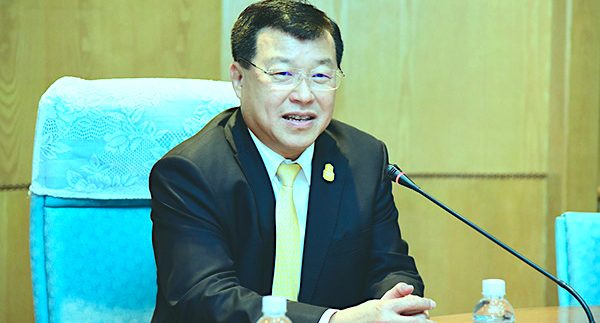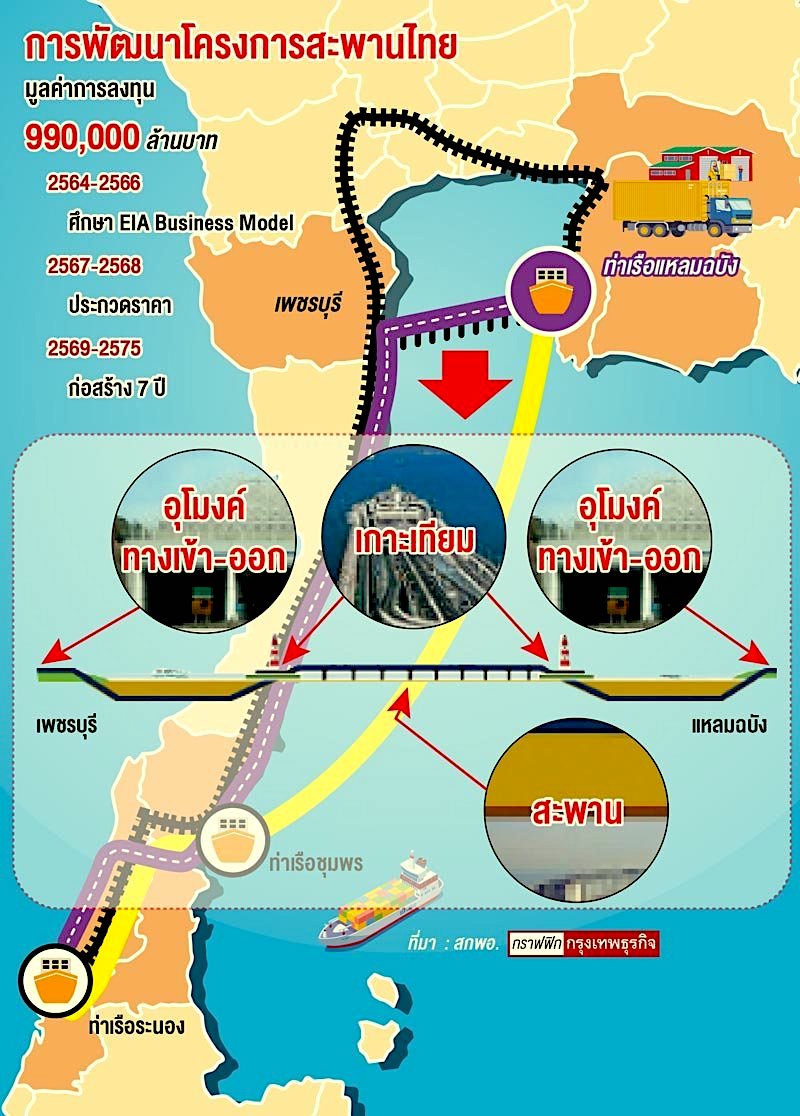Thai Government Plans to Build a 900 Billion Thai Baht “Thai Bridge” between Pattaya & Hua-Hin

In a recent article by the “Pattaya News 11 Oct 2020”, the Thai Government’s economic steering committee announced an ambitious plan to link the Eastern part of Thailand with that of the lower Western and upper Southern part of Thailand via a massive “Thai Bridge” across the Gulf of Thailand at a projected cost of 900 Billion Thai Baht or $29 Billion US Dollars. The “Thai Bridge” project is intended to complement and build upon the Governments current Eastern Economic Corridor (E.E.C.) initiatives which are currently in the works such as the high-speed rail network which is intended to seamlessly connect “U-Tapao International Airport”, which is Pattaya’s nearest regional airport with that of “Suvarnabhumi” and “Don-Muang” International Airports in Bangkok.

The chairman of the Thai Government’s Committee for the Mobilization of Economic Management Measures, Mr. Pailin Chuchottaworn recently expressed his hopes that the “Thai Bridge” project will potentially open up new transport routes between regional “ASEAN” member countries such as Malaysia in South East Asia to a group of reporters. At the time of making the announcement, it’s still unclear as to the exact location of the “Thai Bridge” although it’s more than likely to be in the immediate Pattaya/Chonburi area and link up with the resort town of Hua-Hin on the opposite side of the Gulf of Thailand.
Mr. Pailin Chuchottaworn, then went on to say that revenues from tourism in the E.E.C. region of Rayong and Chonburi provinces were statistically disproportionally higher than that of other areas in the Gulf of Thailand, such as Hua-Hin. Although tourists visit both Pattaya and Hua-Hin, there is as much as a ten-fold difference in the number of tourists visiting Pattaya as opposed to Hua-Hin & Cha-Am on the opposite side of the Gulf of Thailand. And as such, the chairman hopes that the “Thai Bridge” will make it easier for tourists to travel to other cities along the Gulf of Thailand such as Cha-Am and Hua-Hin, and in so doing spread the economic prosperity from tourism more evenly. The “Thai Bridge” is expected to be around 80 to 100 Kilometres in length and is expected to shorten the route between the two resort destinations by almost 400 Kilometres, which is a drastic improvement.
The “Thai Bridge” project has already been approved by the Thai Government’s Centre for Economic Situation Administration (CESA) in principal and is currently being earmarked for a pre-feasibility study by the Eastern Economic Corridor Policy Committee for sometime next year. Mr. Pailin Chuchottaworn, then went onto explain that the resultant economic prosperity generated from the “Thai Bridge” will more than offset its huge price tag, and in a bid to mitigate the costs they plan to use local Thai people and building materials to build the mega-project.

